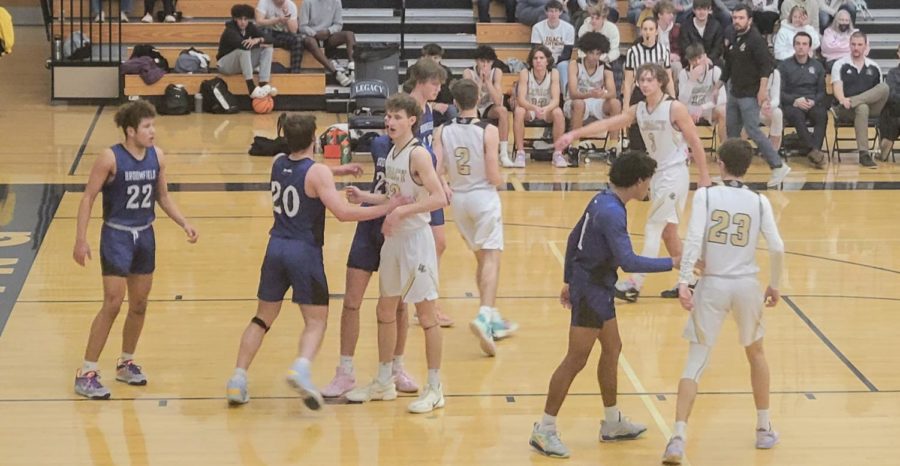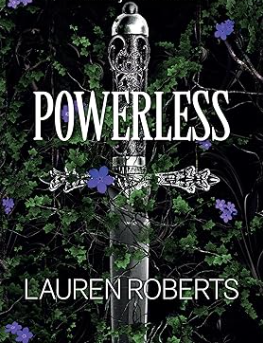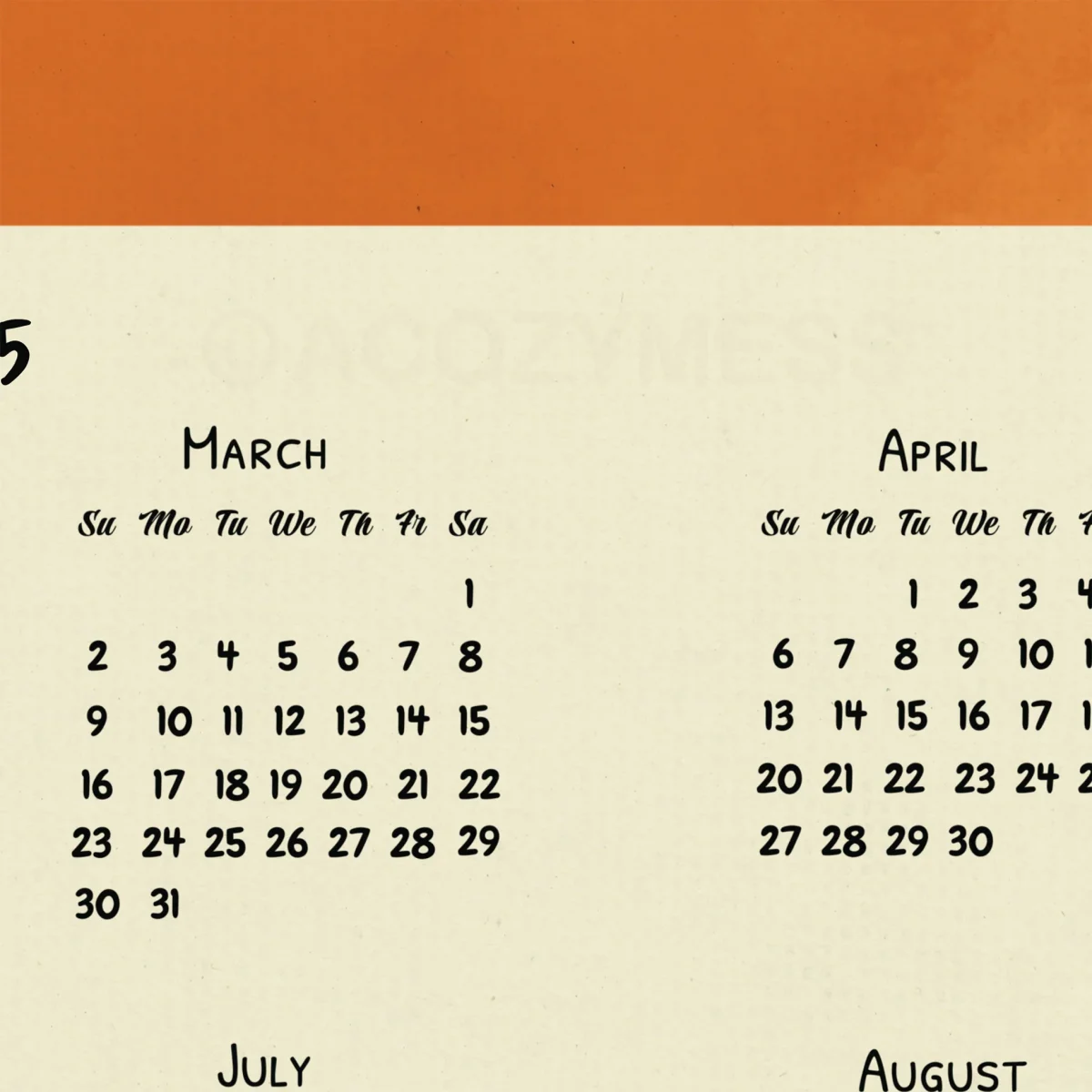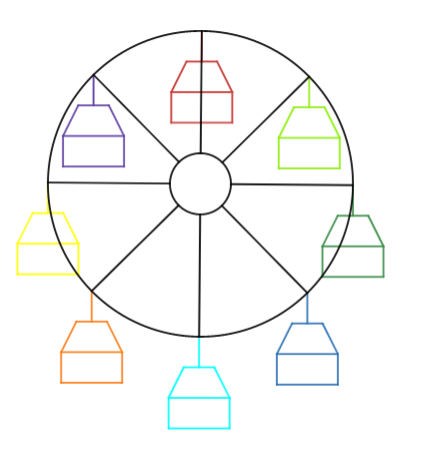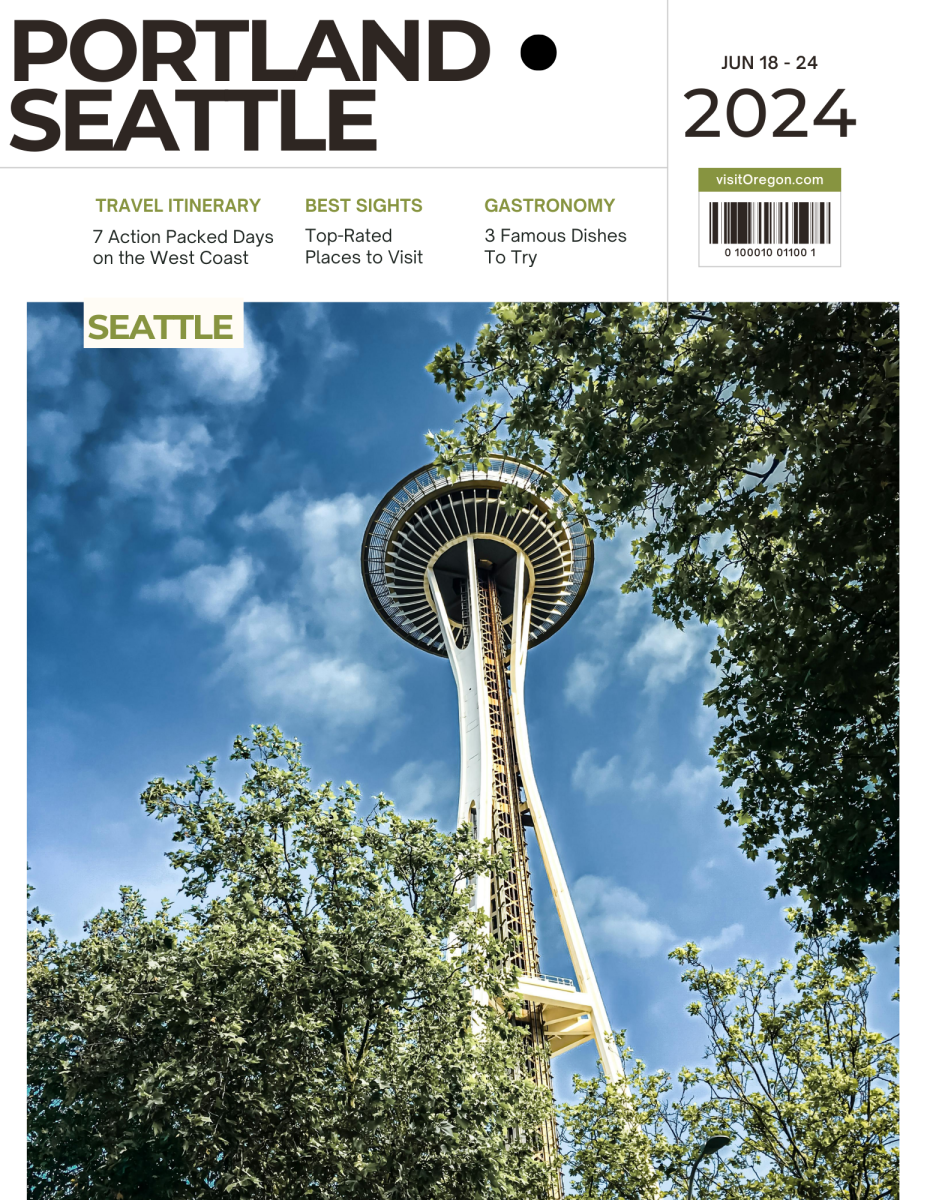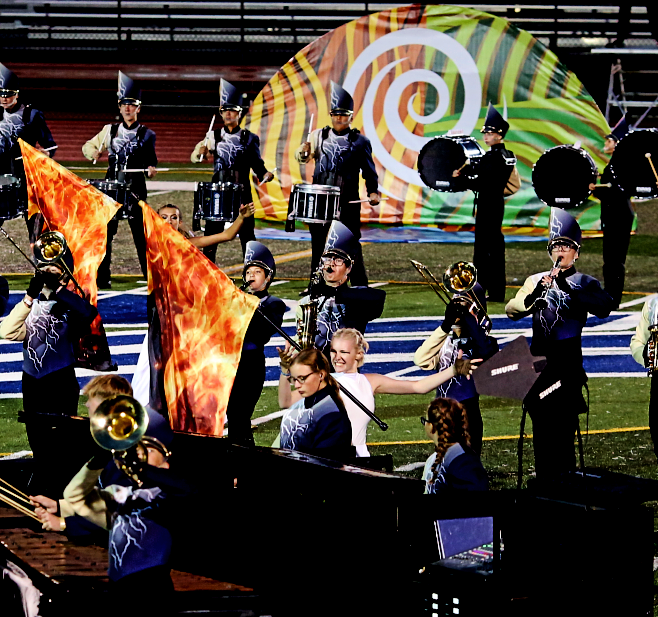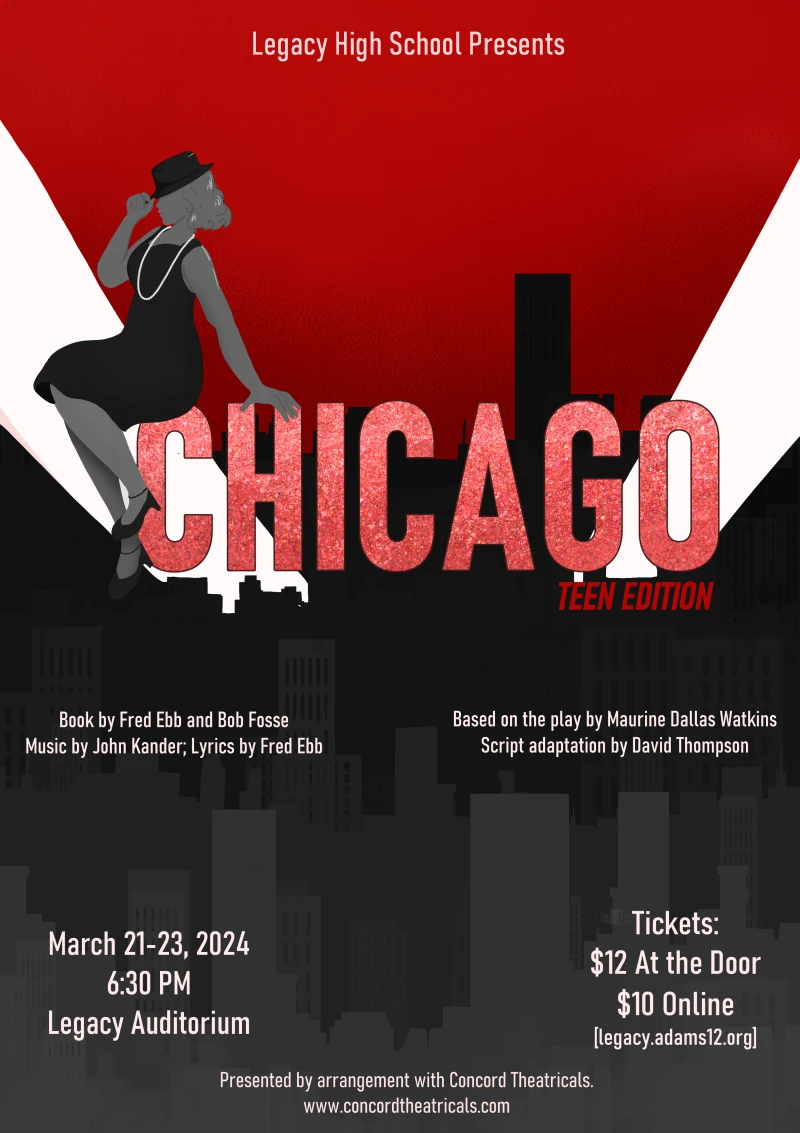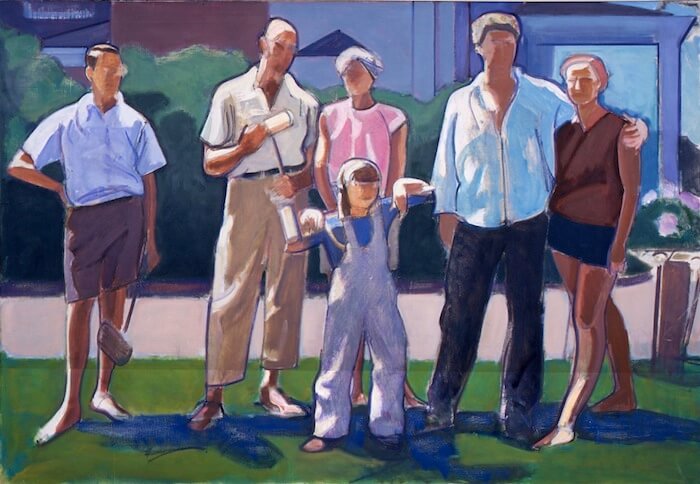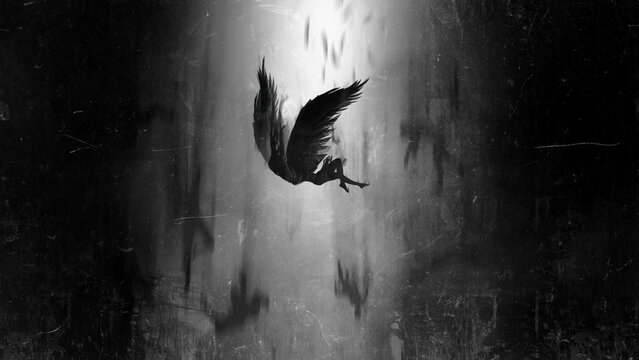Why is November 9th important in Germany?
November 9, 2021
November 9th is a very important day in German history. But why? Four historical events occurred on November 9th throughout the 20th century. Is this a coincidence? Who really knows.

On November 9th, 1918, a violent revolution broke out in Berlin. The anti-government revolt forced Kaiser Wilhelm II to abdicate his throne. Once the Kaiser was overthrown, the new acting government helped end the first world war two days later.
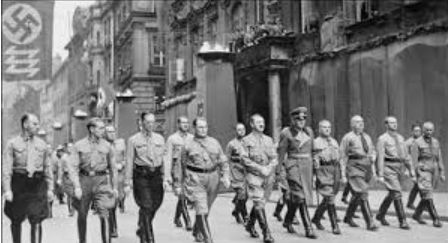
On November 9th, 1923, Adolf Hitler and 2,000 of his compatriots attempted a coup to overthrow the government commonly referred to as the Beerhall Putsch. The coup failed, resulting in the arrest of Adolf Hitler. During the five years of imprisonment for the putsch, Hitler wrote his autobiography, Mein Kampf. Mein Kampf outlined Hitler’s ideology system including his anti-semitic beliefs and vision for the future of Germany.
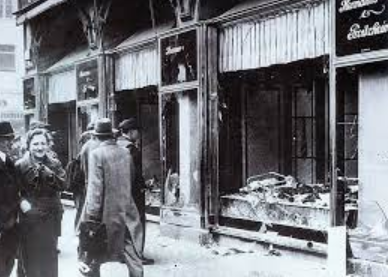
On November 9th, 1938, violent protests broke out against Jewish business across Austria, Germany, and a region of Czechoslovakia, now known as the Czech Republic. Windows were shattered and glass littered the streets. This night is now known as Kristallnacht, or the Night of Broken Glass, due to all the broken windows. Ninety-one Jewish people were killed by Nazis or supporters. The orders to do these acts came from the Gestapo, Nazi secret police.
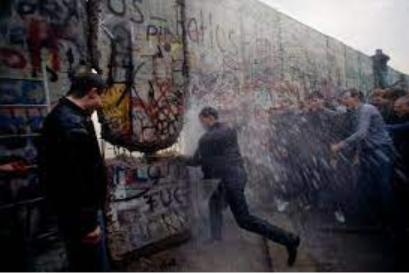
On November 9th, 1989, the Berlin wall fell. The Wall divided East and West Berlin. The West was controlled by the Allies (America, Britain, and France) and very rich. The East was controlled by Communist Soviet Russia and was poor. The wall was built in 1953 in an attempt by the Soviets to keep people in East Berlin. That didn’t work as people found creative ways to defect to the West. Many East German guards escaped by jumping over the wall during the first two years of its existence, the most famous was a 19-year-old named Conrad Schumann in 1961. In 1961, Harry Deterling drove a train right through the wall, skidding to a stop past the wall. In May of 1962, a dozen people escaped east Germany through a 160 foot long and 6-foot tall tunnel. One man, Horst Klein, made the escape to the west on a tightrope between east and west in 1963. Heinz Meixer took off the windshield of his Austin Healey Sprite convertible and on May 5th, 1963 drove right under the 3-foot high barrier at Checkpoint Charlie. In 1979, Hans Strelzyck and Gunter Weztel with their partners and kids flew over the wall in a hot air balloon. In 1983, Michael Becker and Holger Bethke used a zip line to escape. In 1986, several people flashed their membership cards for Munich’s Playboy Cards as the cards looked like diplomatic passports.












